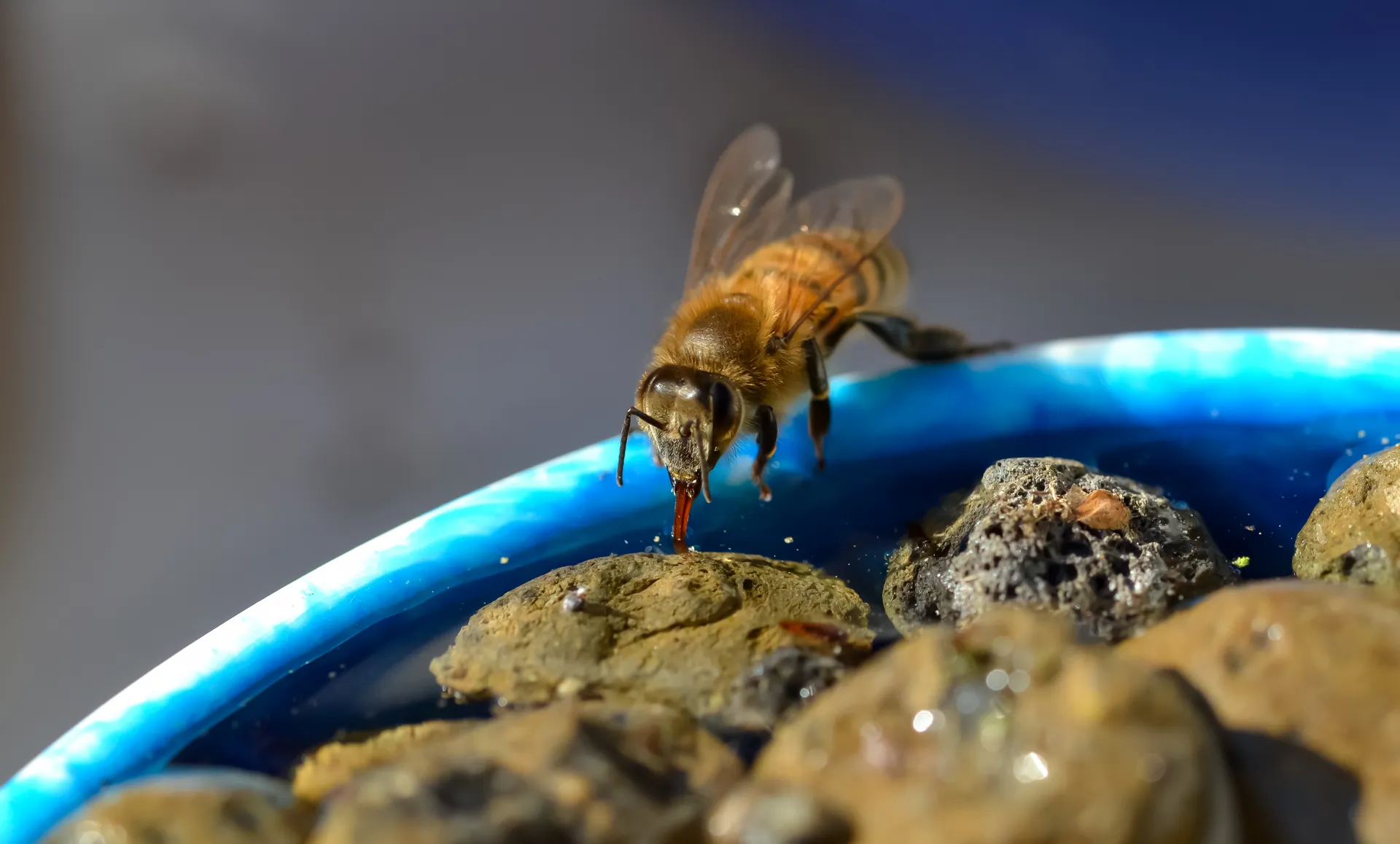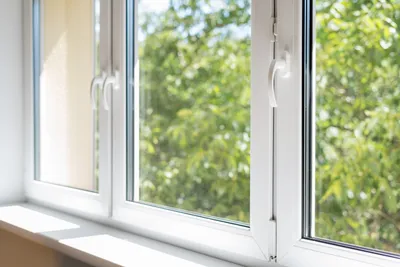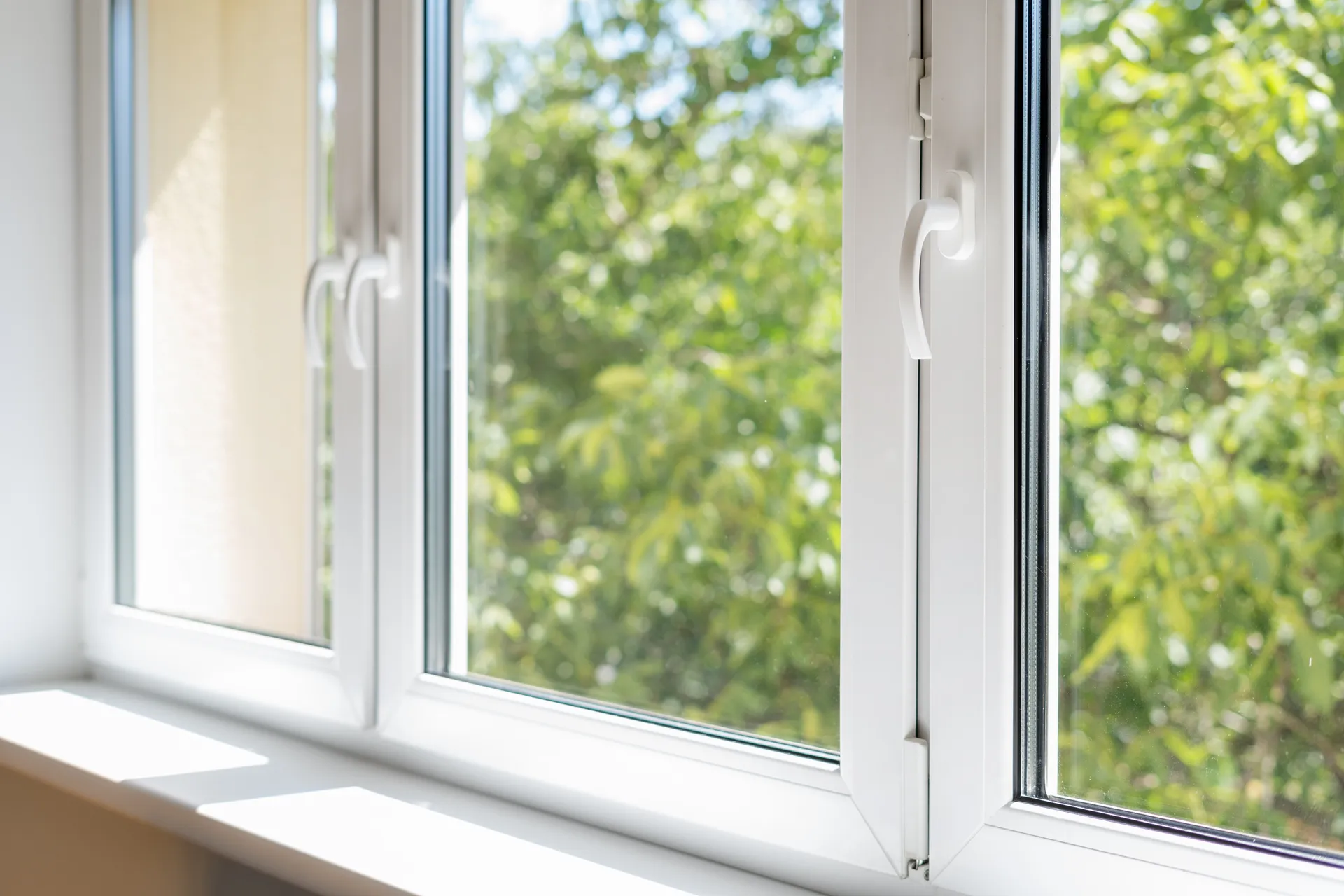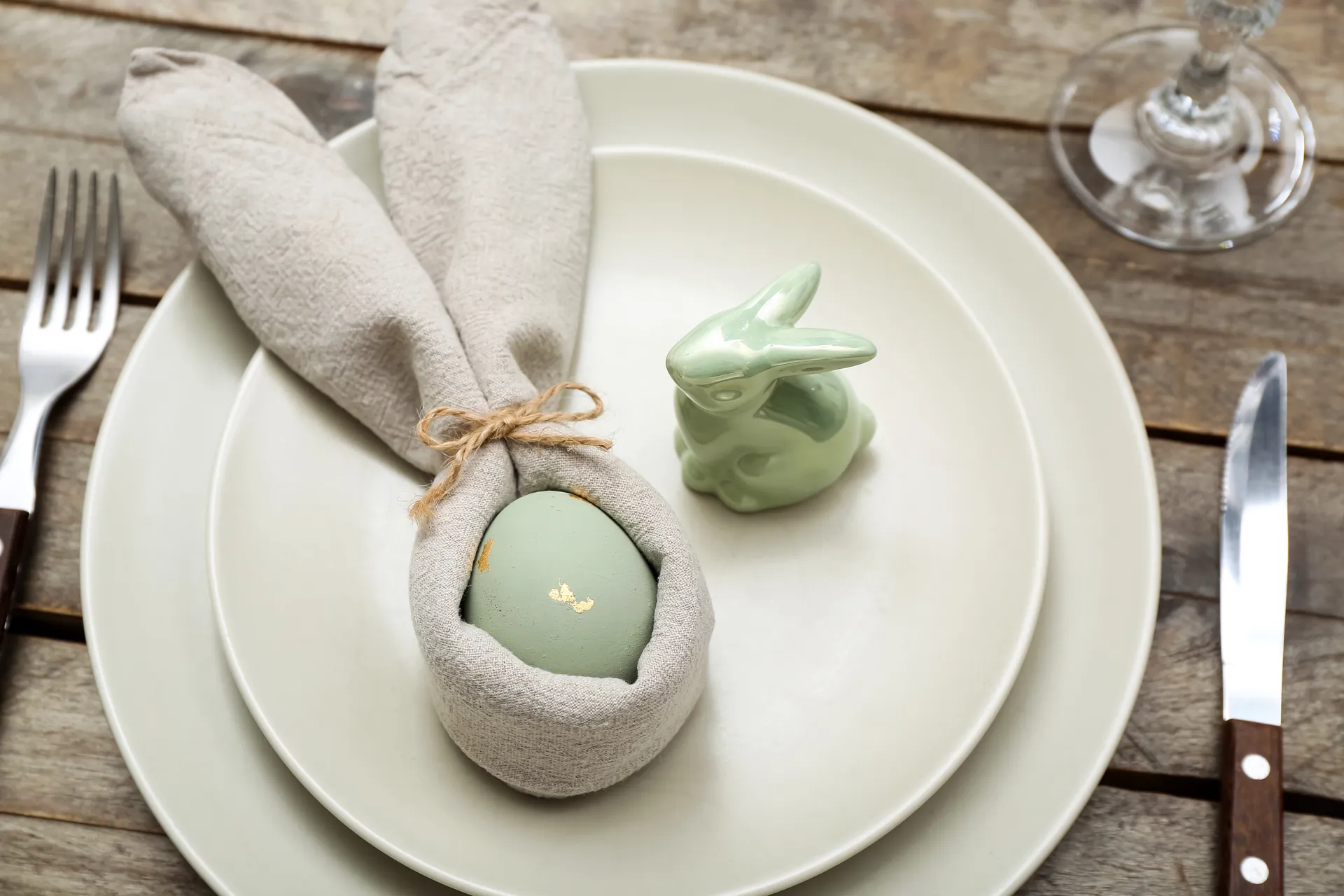Air Fryer vs Standard Oven for energy saving?
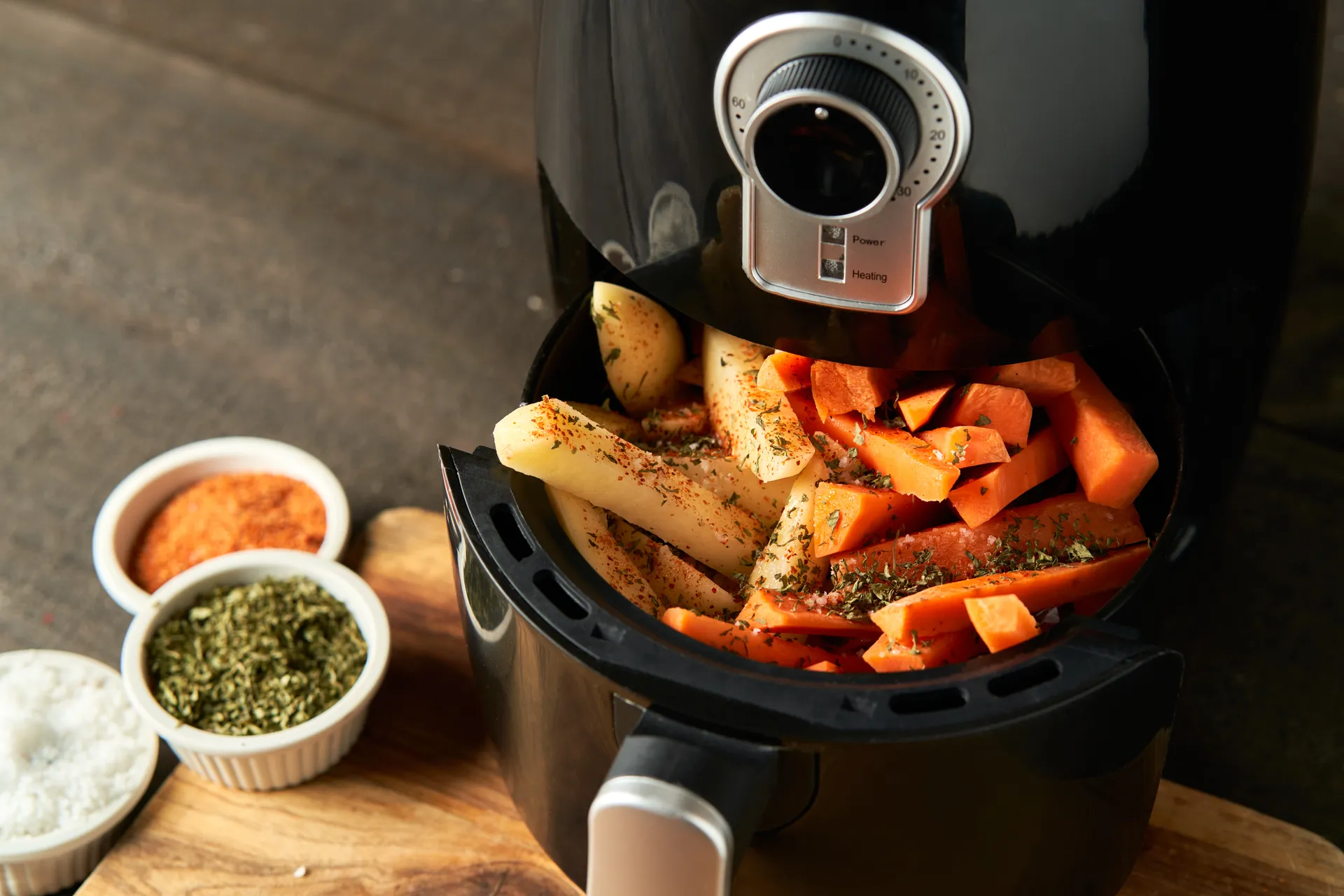
Check out our guide to which of these appliances delivers the best energy savings and when.
Australians love their food, and with rising energy costs, it’s no wonder we’re looking for ways to save a bit of extra cash in the kitchen. One of the hottest debates at the moment is whether it’s better for energy savings to use a standard oven or an air fryer. Let’s break it down.
What’s the Difference?
Before diving into energy efficiency, let’s briefly touch on how these two appliances work:

Standard Oven: A traditional oven uses electric or gas heat to cook food by circulating hot air in a large cavity. It’s excellent for cooking larger meals or dishes that require longer baking or roasting times.
Air Fryer: Essentially a mini convection oven, an air fryer uses a fan to rapidly circulate hot air in a small space, quickly cooking food and creating a crispy exterior, often with little to no oil.
Which One Uses Less Energy?
The Short Answer: Air Fryers Win for Smaller Meals
If you’re cooking smaller portions, air fryers are generally more energy-efficient. Here’s why:
Size: Air fryers have a much smaller cooking chamber compared to standard ovens. This means they heat up faster and use less energy to maintain high cooking temperatures.
Speed: Air fryers typically cook food quicker than ovens. For example, chicken wings might take 30 minutes in an oven, but only 15 minutes in an air fryer. Less cooking time means less energy consumed.
Standard Oven Efficiency
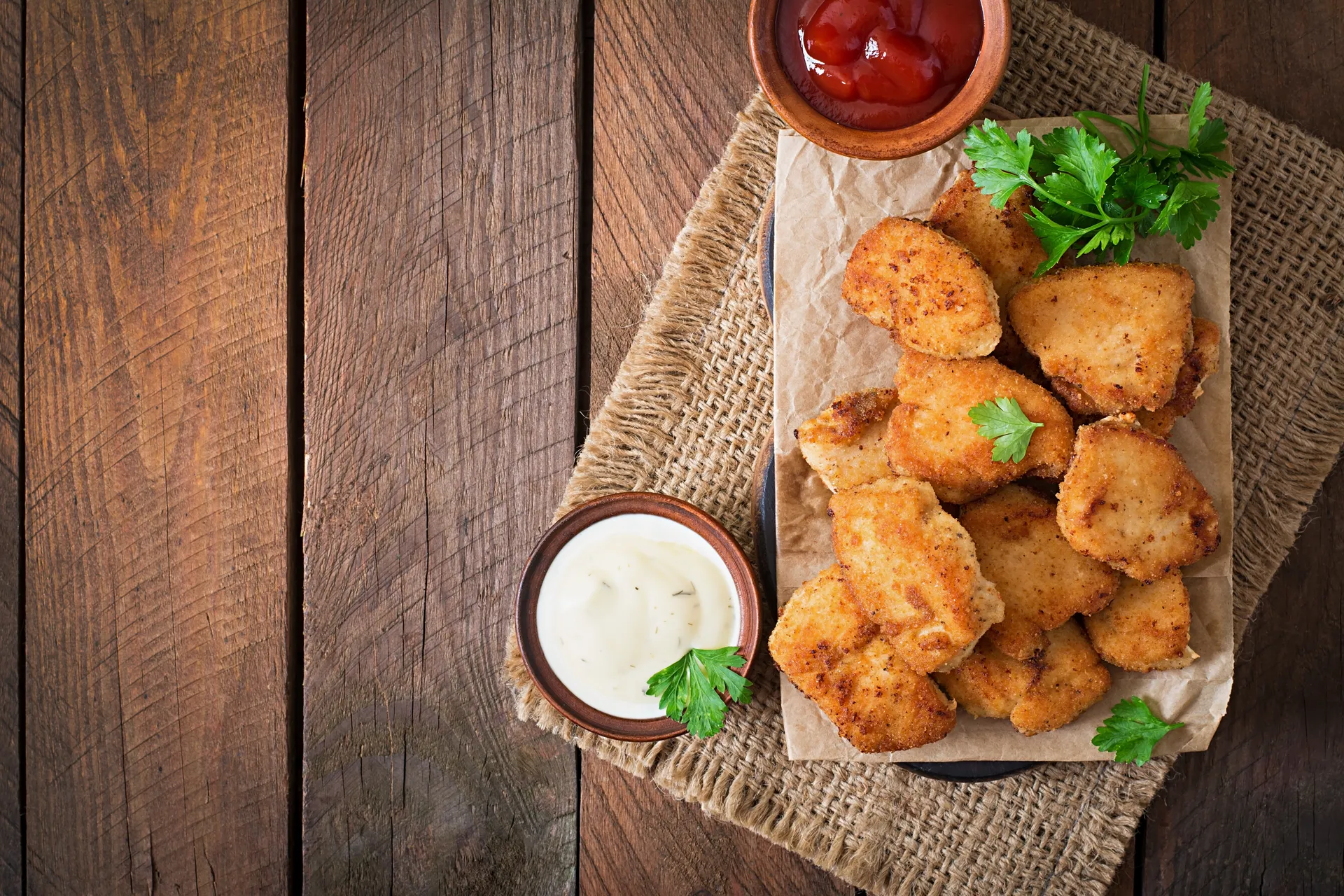
That said, standard ovens aren’t always energy hogs! For large meals, like roasting a whole chicken or cooking a tray of lasagne, an oven is more practical. Plus, newer ovens come with smart features, like fan-assisted cooking (convection), which speeds up cooking times and reduces energy use.
In summary:
• Air fryer: Ideal for quick, smaller meals (e.g., chips, frozen foods, chicken nuggets)
• Standard oven: Best for larger meals or when cooking multiple dishes at once.
Understanding Energy Labels: What to Look For
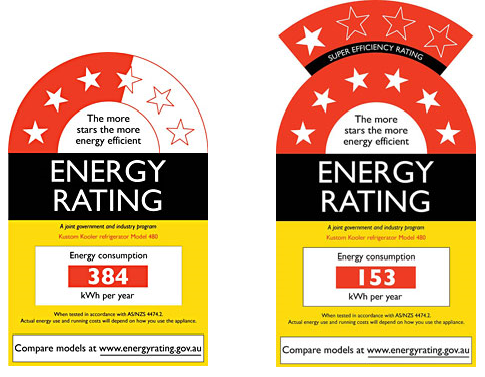
In Australia, energy labels are your best friend when it comes to gauging how much power an appliance will use. Here’s what to keep an eye out for:
Star Rating: The more stars, the more energy-efficient the appliance. Appliances are rated from 1 to 6 stars (and even up to 10 stars for super-efficient models). A higher star rating means lower running costs over time.
Energy Consumption (kWh): This number tells you how much electricity the appliance uses per year based on typical usage. For an oven, this could be anywhere between 200-300 kWh per year, depending on its size and efficiency.
For air fryers, because they’re smaller and cook quicker, they usually consume less electricity overall per use, but there’s no standardised energy label for them in Australia yet. However, many manufacturers provide wattage ratings—typically ranging from 1,200 to 2,000 watts—which can give you a rough idea of energy usage per hour.
Features that Improve Efficiency:
• Fan-forced ovens: These distribute heat more evenly, reducing cooking times.
• Insulation: Well-insulated ovens lose less heat, meaning they consume less energy.
Tips for Maximising Energy Efficiency
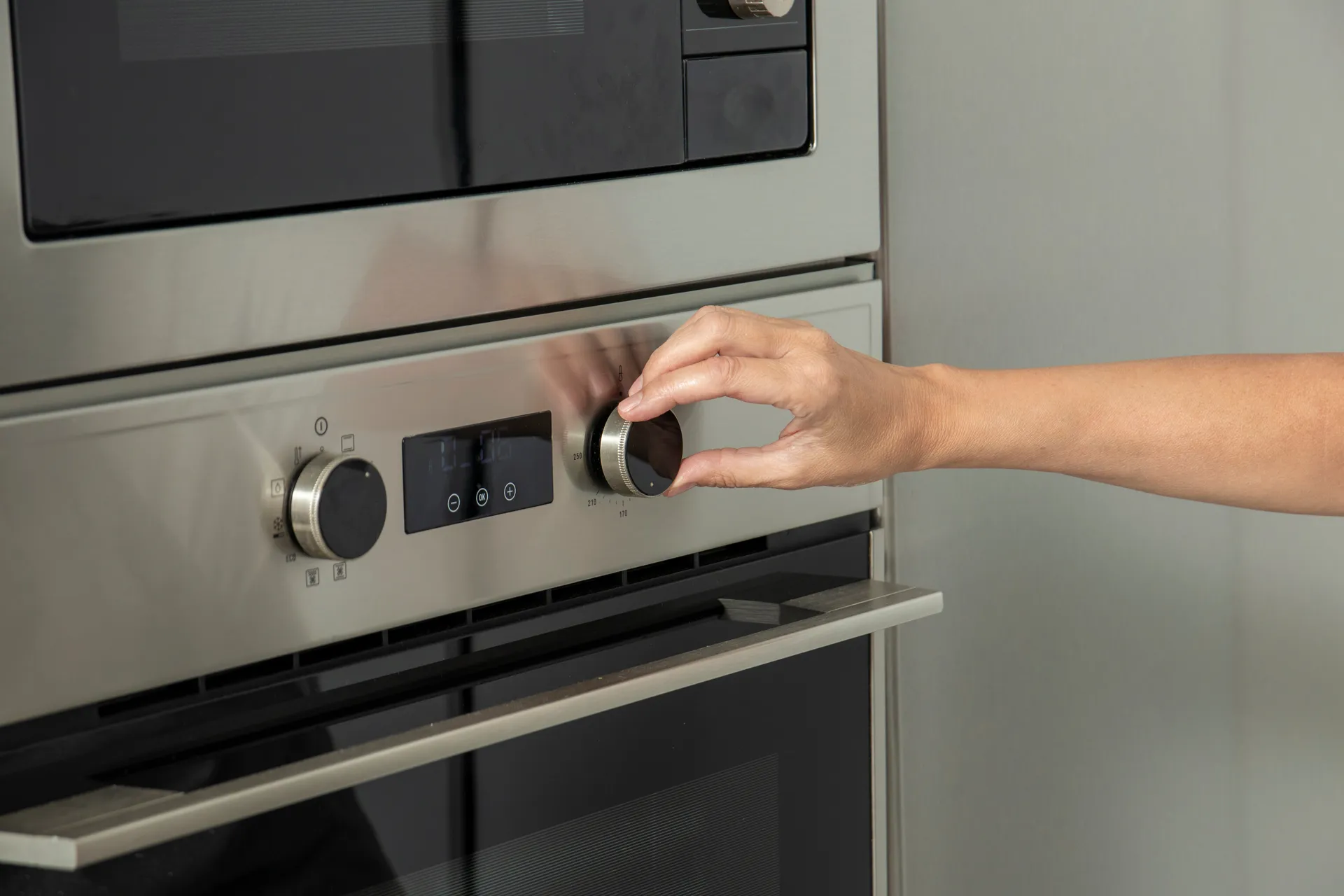
Regardless of whether you’re using an oven or an air fryer, here are some tips to help keep your energy consumption down:
- Preheat Only When Necessary: Preheating uses extra energy. With an air fryer, you might not need to preheat at all, while ovens often need it for baking but not for roasting.
- Cook Multiple Items at Once: If using an oven, try to cook several dishes at the same time to make the most of the energy used.
- Turn Off Early: Both ovens and air fryers retain heat for a few minutes after being switched off. You can often switch them off a few minutes before the end of the cooking time, and the residual heat will finish the job.
- Use Appropriate Settings: If your oven has a fan-forced option, use it to speed up cooking and reduce energy use.
Final Verdict
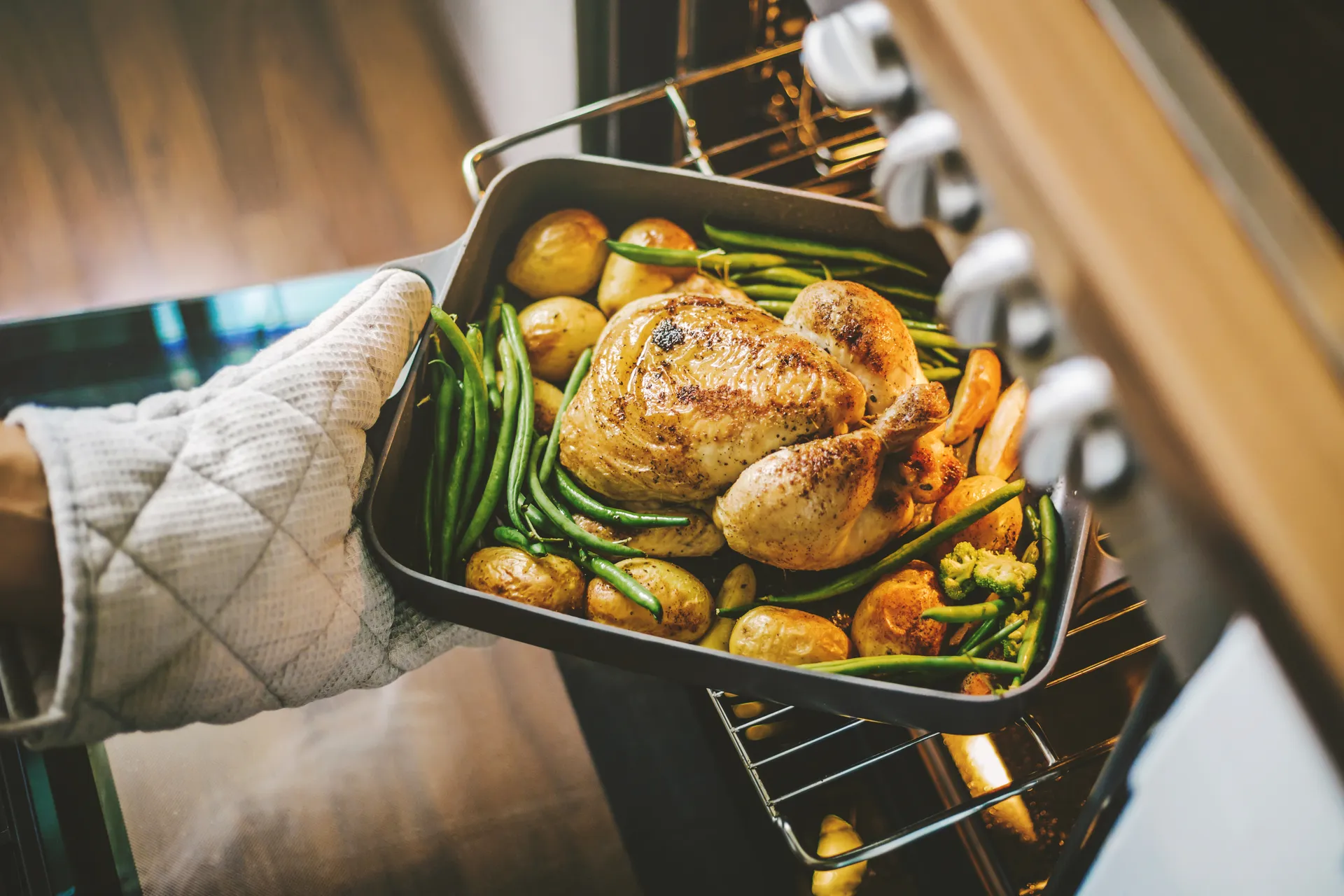
- Air Fryers are the winner when it comes to small, quick meals. They heat up faster, cook quicker, and use less energy overall per use compared to an oven.
- Standard Ovens, however, come out on top for large meals or if you’re cooking multiple dishes at once. When paired with energy-efficient features (like fan-assisted cooking), ovens can still be a great choice for family-sized meals without excessive energy use.
- The best choice comes down to what you’re cooking and how often. If you’re reheating or cooking small meals for one or two people, an air fryer will save you both time and money. But for big family roasts, the traditional oven still has a place.
- Make sure to check those energy labels and be mindful of how you’re using these appliances—every little bit helps!
Further Info
Head to energyrating.gov.au

